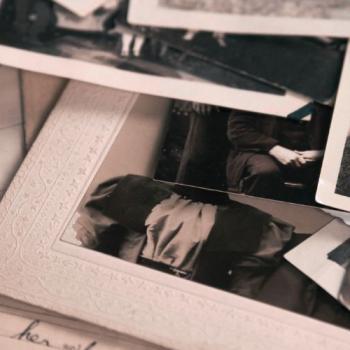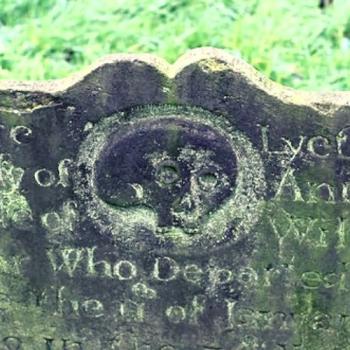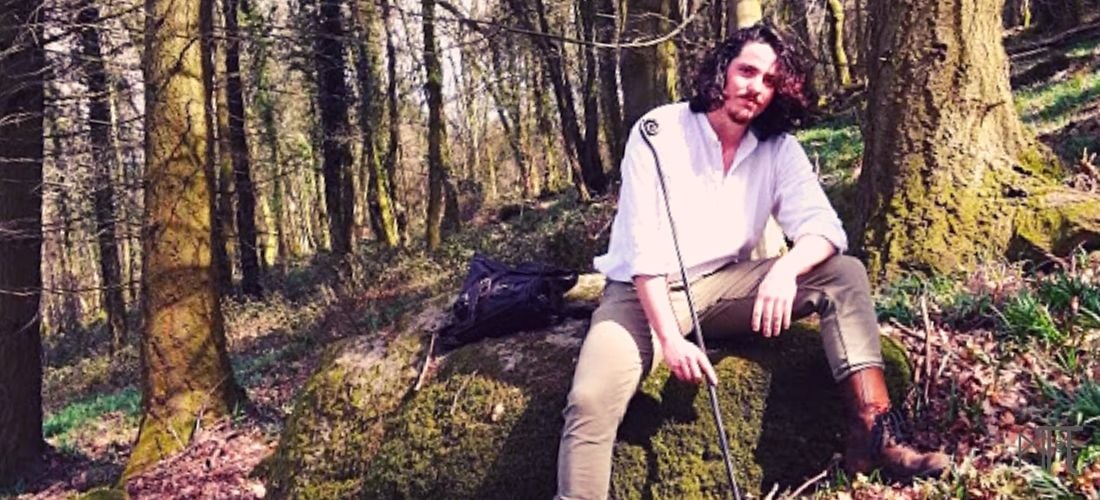
Many of the people who create tools for witches are themselves pagan, but there are skills which are harder to learn. Blacksmithing is one of these.
When I think of Blacksmiths I think of older men working out of dusty forges making things people no longer need.
This couldn’t be further from the truth.
As a career choice, blacksmithing is a growing sector.
Whilst commissioning a new Seer staff, I took the opportunity to talk to Lee Valentine about his work.
As someone who is often commissioned by witches for their tools and has grown a little bit of a following within the witch community, I asked Lee what drew him to this particular niche.
“I met witches through mutual friends and people I’d worked with in the past. I showed them some of my work and was surprised by their reactions.”
As witches, we use a lot of forged tools – from Athames and Swords to horseshoe nails and cloak pins.
My staff started out as Lee showing me a photograph of a curtain pole he was making. As any craftsperson would, he refused to make me a curtain pole to repurpose and worked with me to design an Ammonite tipped staff instead.
(Although one look into my altar box would show I’m really good at repurposing with stretch jersey altar cloths, shibari ‘cords’, and Diptique pillar candles)
Blacksmithing in itself just feels magical.
What other creative process uses all of the elements – earth (the metals), fire (the flame), air (the steam), and water (to cool)?
Lee says, “It just has so many magical qualities. You can change form without losing volume. You can’t do that with any other material.”
Folklore within the UK and Ireland holds the Blacksmith up as wise. There are tales of Blacksmiths outsmarting the devil.
As a Norse god botherer I’m reminded of Loki’s links to fire and well, his own bothering of dwarves at forges to create for him. Lucifer perhaps wasn’t the only non-human entity to seek out the talents of a Blacksmith.
I asked Lee if he identified as a Pagan
“I don’t overtly practise,” he explained, “I can be quite lax at times. But I do have a healthy amount of respect for Goibniu.
When I started getting into blacksmithing I was drawn to several gods, but I linked more with him because of his story and his ethos”
I think many of us who identify as pagans can empathise with the feeling lax at times.
It must be easier to live a magical life when your work is magical, however.
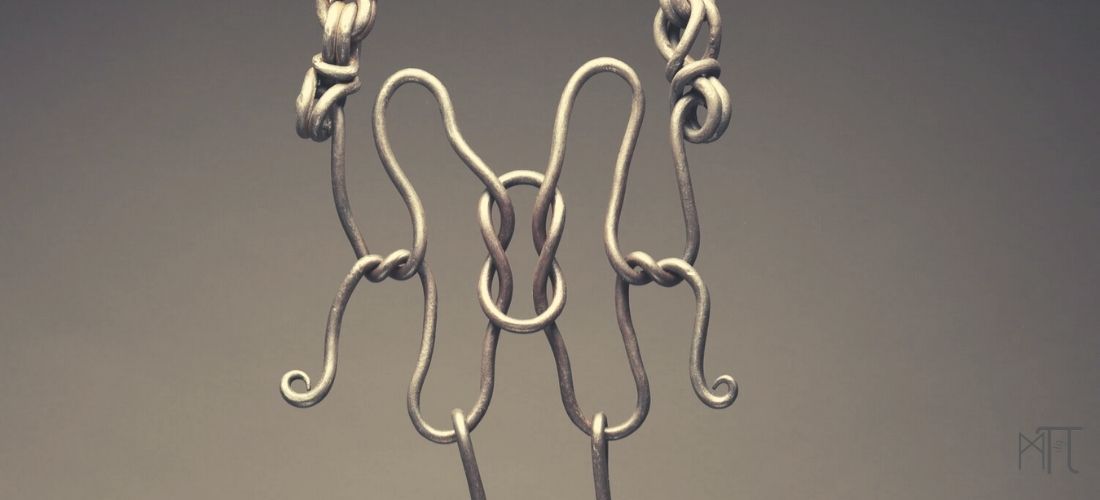
There are a few ways in which you can learn the art of Blacksmithing.
Lee chose to go down the degree route and with more and more opportunities becoming available in this area it’s a great option. You can also take a college course.
However, there are plenty of resources to help you learn Blacksmithing on your own. There’s nothing to stop you converting an outbuilding into your own forge, apart from potential noise complaints from neighbours.
I asked Lee what drew him to the craft.
“I just enjoyed playing with fire,” he explained. “And weapons. I grew up with every stick in the forest being a potential sword, so the natural progression was wanting to make armour and weapons. I found it in the wanderlust of creation.”
Designing for witches can, I imagine, have a slightly different set of expectations than designing for fence posts.
My ammonite staff for example was designed as a magical tool and when I hold it I feel the sense of energy and expectation within it. It was forged as a witch’s tool
I wondered if Lee went through a different process for designing things specifically for witches.
“I ask a lot more questions,” he explains, “everyone practises slightly differently, that’s become very apparent. They have their own ideas so by asking questions and sending across sketches I can get more of a feel for what they need. Often I’ll give a few different options. Taking those extra few steps in the design process makes sure what I’m creating is right.”
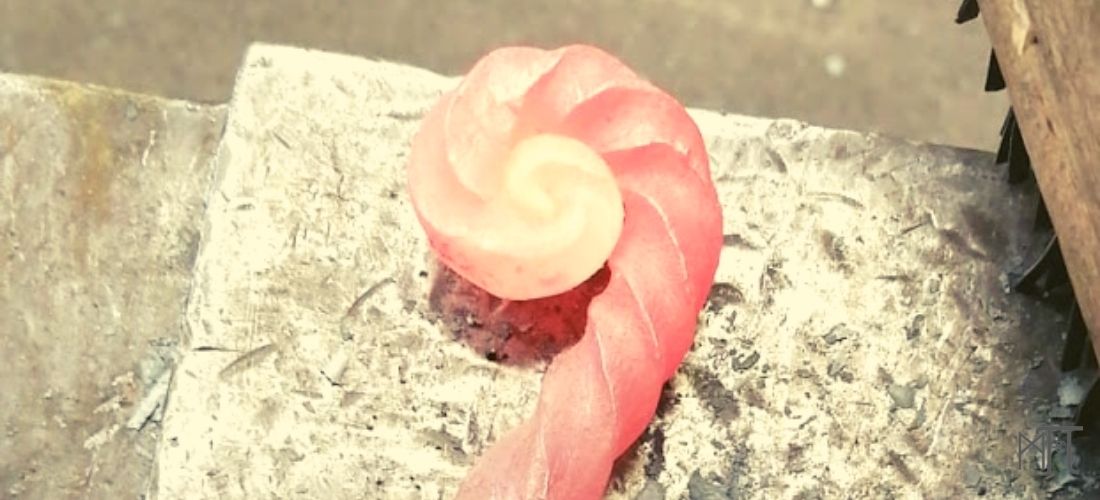
How can you commission something from Lee?
There are some witchcraft tools amongst the items Lee already has for sale on his website. However, in general he prefers a more collaborative approach
“It’s very important to me that people have a hand in the crafting of the object. It’s a personal thing, especially from the witchcraft point of view, very different from buying something ready-made.”
You can contact him via his Instagram page @sheildknotforging
The next step from commissioning your tools is of course making them yourself. Which is why I was delighted to hear Lee is going to be running workshops and ‘make your own’ days once the lockdown is fully lifted.
This series of articles about pagan craftspeople and artists is purely for my own enjoyment. I have not been paid by anyone to advertise their work.
I am only featuring those who I personally admire and enjoy the work of, I don’t take influencer style requests. However, I do love discovering new artists so if you want to use this post to publicise your similar creations please feel free to leave your links in the comments.








